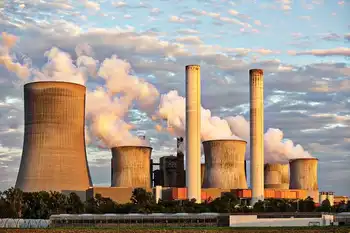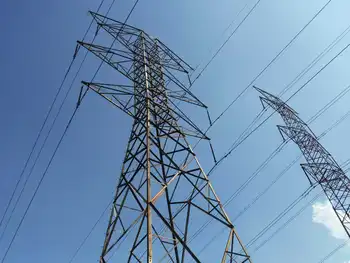Wind project the first to be helped by stimulus funds
By Electricity Forum
Substation Relay Protection Training
Our customized live online or in‑person group training can be delivered to your staff at your location.

- Live Online
- 12 hours Instructor-led
- Group Training Available
GE Energy will supply 74 of its 1.5-megawatt (MW) wind turbines to begin the expansion of the Grand Ridge Energy Center, which, when completed, will increase the countryÂ’s wind power capacity by over 110 megawatts, enough clean energy for 30,000 U.S. households.
Under the terms of the American Recovery and Reinvestment Act (ARRA), commonly called the federal stimulus package, there are a number of provisions to encourage the development of wind projects, including a three-year Production Tax Credit (PTC) extension, an option to elect a 30% Investment Tax Credit (ITC) in place of the PTC, a temporary program that includes an option to convert the ITC into a Treasury grant and a new DOE loan guarantee program.
“With a White House and a Congress that support renewable energy and understand the importance of energy independence, Invenergy and GE are poised to make a significant contribution to the growth of wind energy development in the U.S.,” said Michael Polsky, president and CEO of Invenergy. “Renewable energy is good for the country, economically and environmentally. There is an abundance of wind power in the U.S. waiting to be harnessed into electricity that can be used to meet our growing energy demands,” he added.
“The availability of stimulus funds paves the way for a new wave of growth for the American wind industry,” said John Krenicki, president and CEO of GE Energy, the largest U.S. wind turbine supplier. “We encourage others in the wind industry to follow Invenergy’s example and move forward with their plans to develop new wind farms to help meet the nation’s demand for cleaner energy.”
The American Wind Energy Association (AWEA) calls the U.S. wind industry “an economic and job creation dynamo,” and reports that 85,000 people were employed in the industry at the end of 2008, an increase of 35,000 from the previous year. These jobs span all aspects of the industry including turbine component manufacturing, transportation, construction and installation of new wind turbines, operations and maintenance, and legal and marketing services.
“It is obvious that a strong, vibrant wind industry can be a tremendous growth engine, playing a key role in building a strong future for our national economy,” said Krenicki. “In 2008 alone, the wind industry channeled an investment of $17 billion into the economy while adding more than eight gigawatts of new generating capacity, enough clean energy to serve more than two million U.S. homes. GE played a key role in that development, installing one of every two new wind turbines in the U.S.”
With continuing government encouragement to accelerate its development, wind power will provide a steadily increasing percentage of U.S. electricity. “Wind energy works for our economy, our environment and our energy security,” Krenicki said.
According to Polsky, “President Obama’s vision to double the production of renewable energy in the next three years can be achieved with strong and consistent energy policy. Enacting a national Renewable Electricity Standard (RES) is the single most important step that Congress can take to lay the long-term foundation for a “green-collar” workforce and a domestic renewable energy-manufacturing base. With this level of commitment from the government, and with the support of the energy industry and the American public, our country is positioned to tackle and solve our energy and environmental challenges, even in these difficult economic times.”
Since entering the renewable energy industry in 2002, GE has invested more than $850 million in renewable energy technology and production. Today GE’s renewable energy business, including wind and solar, employs more than 5,000 people globally, and has increased “green jobs” throughout the domestic supply chain by over 300%.











